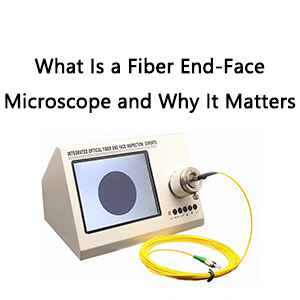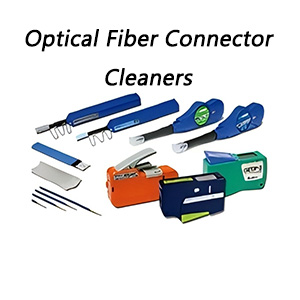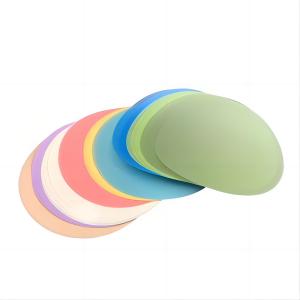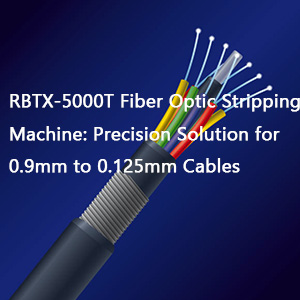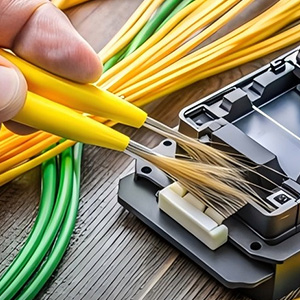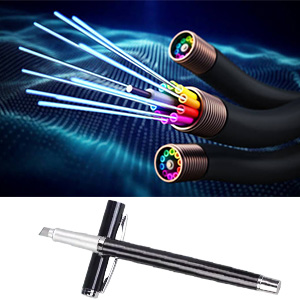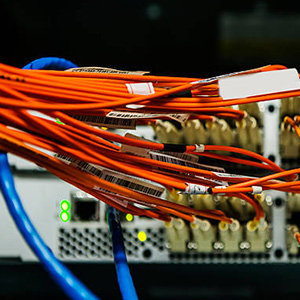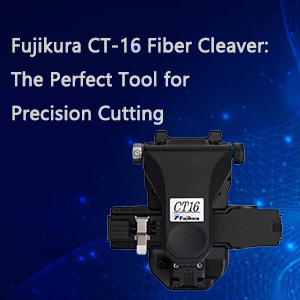Fiber Optic Testers are indispensable in assessing the performance and integrity of fiber optic networks. They empower technicians to verify signal transmission quality, detect faults, and ensure the optimal operation of fiber optic systems. Utilizing these testers, professionals can uphold high-quality communication networks and ensure efficient data transfer. This article explores the key types of fiber optic testers and their applications.

What Are Fiber Optic Testers?
Fiber optic testers are precision instruments designed to evaluate the performance of fiber optic cables, connectors, and systems. They measure power levels, locate faults, and ensure the fiber optic network operates correctly. These tools are extensively used in telecommunications, data centers, and other industries where fiber optic technology is vital for high-speed communication.
Key Types of Fiber Optic Testers
- Optical Multimeters: These integrate the functions of an optical power meter and a light source into one device. They facilitate the measurement of both input and output signals, making them invaluable for troubleshooting and maintenance. Optical multimeters are essential for evaluating the overall performance of a fiber optic system, particularly for testing long-distance communication lines.
- Optical Power Meters: These measure the power level of the optical signal passing through the fiber. By assessing the signal strength, technicians can identify signal loss or inefficiencies in the network. Optical power meters are especially useful for confirming that optical transmitters and receivers are operating within acceptable parameters.
- OTDR (Optical Time-Domain Reflectometers): An OTDR is a sophisticated tester that sends pulses of light through the fiber optic cable and measures the reflected light. This enables technicians to pinpoint the exact location of faults, splices, or breaks in the fiber, making it a powerful diagnostic tool for network maintenance. OTDRs are crucial for ensuring the health of the fiber optic infrastructure.
- Visual Fault Locators: These are handheld devices that emit visible laser light into the fiber. If there is a break or fault, the light will leak out at the problem area, allowing technicians to visually identify the location of the issue. Visual fault locators are highly effective for quickly identifying breaks in short-distance or patch cables.
Applications of Fiber Optic Testers
Fiber optic testers are critical in various industries, including telecommunications, data centers, and healthcare. They ensure that fiber optic networks operate at peak performance, minimizing downtime and maximizing network efficiency. In data centers, for example, fiber optic testers are used to verify that high-speed connections between servers are functioning without signal loss.
Why Are Fiber Optic Testers Important?
The use of fiber optic testers helps prevent data loss, identify potential issues before they become critical, and ensure consistent network performance. Whether managing a large-scale telecommunications network or maintaining a local fiber optic installation, these testers provide insights that enhance overall system reliability.
How to Choose the Right Tester
When selecting a fiber optic tester, consider the specific requirements of your project. For troubleshooting long-distance fiber cables, an OTDR may be the best option. However, for verifying signal strength, an optical power meter or multimeter may be sufficient. Visual fault locators are ideal for quick inspections of shorter cables or connectors.
Conclusion
Fiber optic testers are essential for ensuring that modern fiber optic networks operate efficiently and without interruption. From optical multimeters to OTDRs and visual fault locators, these devices provide critical insights that help maintain the performance of communication systems. By using the appropriate tester for each application, technicians can quickly identify and resolve issues, ensuring that networks continue to function smoothly.
Maintaining the right testing equipment ensures the longevity and reliability of fiber optic systems, keeping data flowing seamlessly across various industries.


